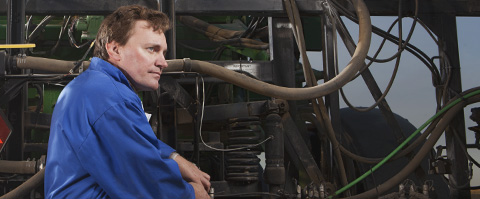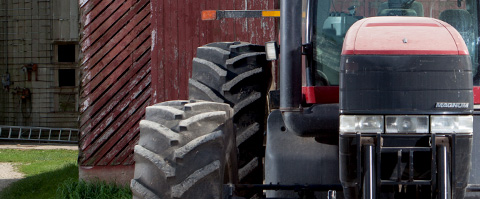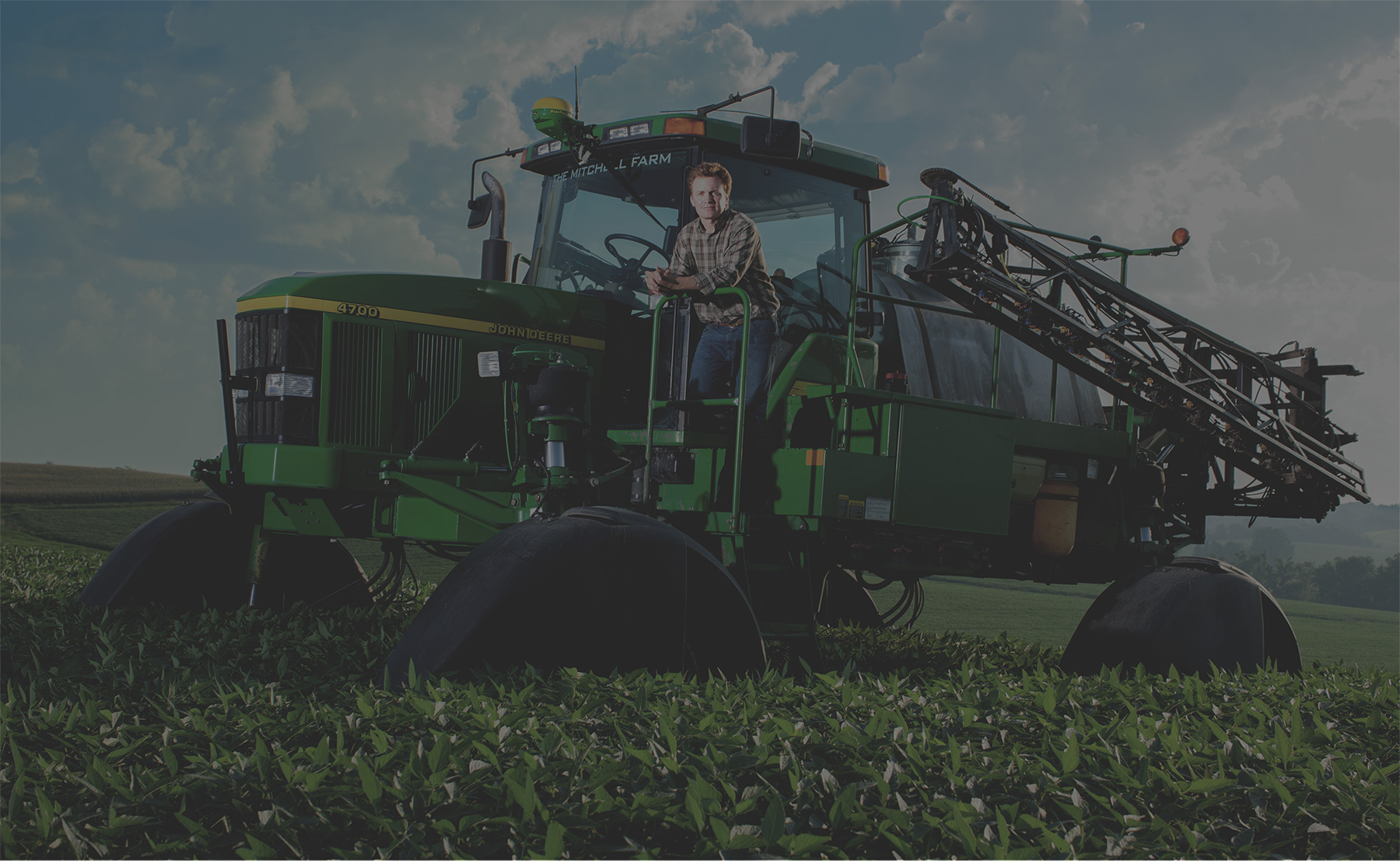
Hard work is the elemental force that holds a farm together.

Farming a plot of land is exclusionary to others farming it and that plots of farmland are limited puts a unique and high burden of community stewardship on the farmer.

Most soil variations addressed by VRT are due to water holding capacity differences, which could be addressed through proper drainage and practices that improve soil health and result in increased efficiency across all inputs.

Cover cropping and no-till are essential for soil health.

We create efficient technologies—those with a high ratio of problem complexity to solution complexity.

As producers of exchange-�traded commodities, we believe in staying market neutral

We spend no time trying to predict whether grain, fuel, fertilizer, or land prices will go up or down. �
We spend enormous effort preparing for each of them to move up or down.

We believe that the technologies we selectively avoid are just as important as those we embrace.
We deliberately don’t use variable rate technologies or nitrogen sensors. Quality is more important than variable rate technologies.

Real Time Kinematics GPS is the most important technology to enter farming in the last quarter century.
We’ve been building innovative cropping systems and input control systems on Real Time Kinematics.

Sample variance of yield response is extremely high due to very high weather interaction with slope, extremely small number of years that take place— time value of money and shifting resource scarcity over the time length necessary to see returns

It is better to be �good than lucky.

Target rates for each zone are where yield response curve hits a very particular slope, where the economic return slope is zero. Quality errors cause plant level variations where inputs are at much higher or lower rates than are planned for, and often land at worse locations on the slope than they would if a mean target rate were applied.














